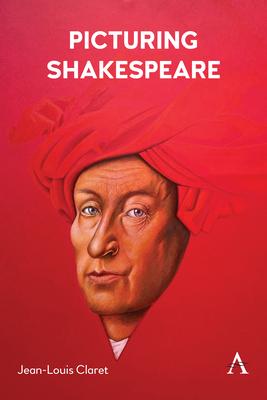
The second part of this book deals with an analysis of the author's illustrations. As a university scholar, Jean-Louis Claret has naturally fed on literary criticism, but he tries nonetheless to put forth original approaches to Shakespeare. The use of poets' voices in his demonstration contributes to the development of an original and innovative contribution to Shakespearean criticism. The illustrator traces in the texts the sparks that his mind fanned into mental images which he strove in turn to make into visual pictures. He tries to determine how textual elements (the mention of colours, details, names, etc.) can generate visions, and he devotes special attention to the effect of sound correspondences and prosody.
Poetry is given pride of place in this book that focuses on the power of words and on the mechanisms of evocation that affect both readers and theatregoers.
The second part of this book deals with an analysis of the author's illustrations. As a university scholar, Jean-Louis Claret has naturally fed on literary criticism, but he tries nonetheless to put forth original approaches to Shakespeare. The use of poets' voices in his demonstration contributes to the development of an original and innovative contribution to Shakespearean criticism. The illustrator traces in the texts the sparks that his mind fanned into mental images which he strove in turn to make into visual pictures. He tries to determine how textual elements (the mention of colours, details, names, etc.) can generate visions, and he devotes special attention to the effect of sound correspondences and prosody.
Poetry is given pride of place in this book that focuses on the power of words and on the mechanisms of evocation that affect both readers and theatregoers.
Paperback
$35.00